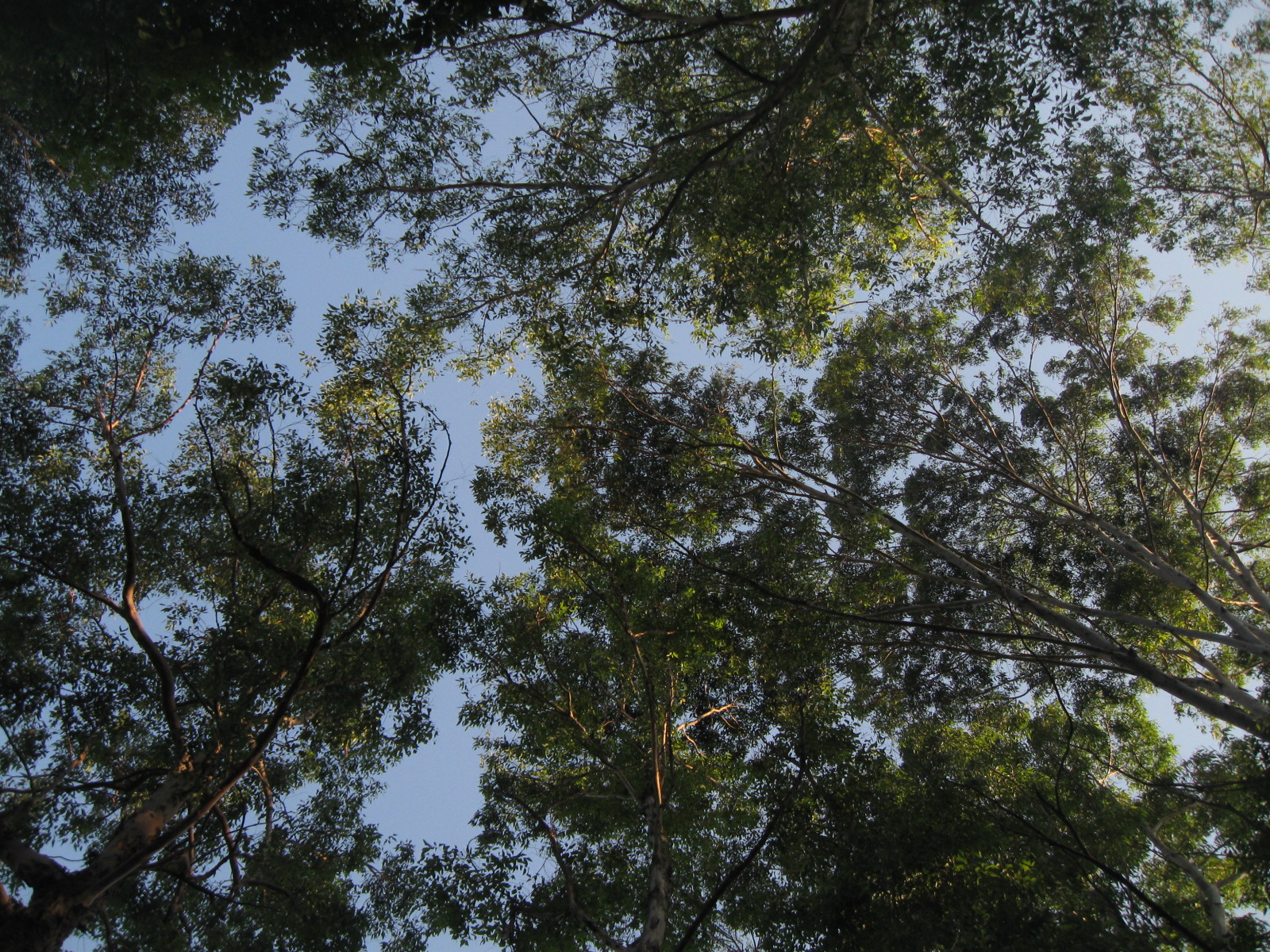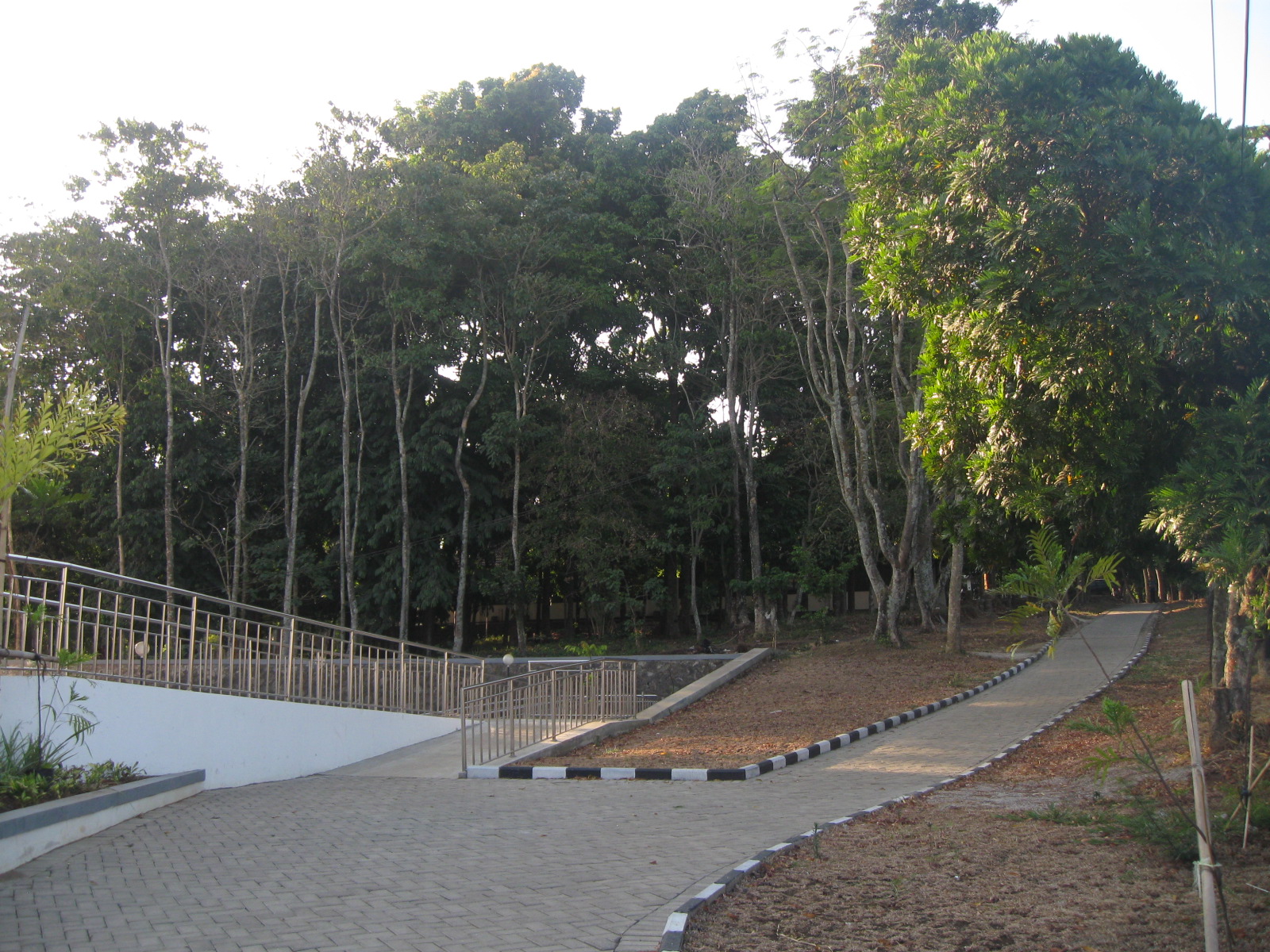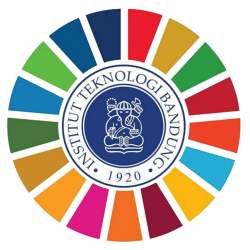SDG-15 Life on Land
ITB Arboretum


Arboretum ITB, the right term to describe an open space in ITB Jatinangor area which is planted with at least 2000 trees of various varieties. This area has the main function as a means of integrated education with various other important roles. The existence of the Arboretum at the ITB Jatinangor campus is also a manifestation of ITB’s master plan in fulfilling the requirements for adequate green open space on a campus.
Arboretum is designed to be multifunctional in accordance with the cluster concept being carried. Planted flora are also placed in a concentration according to species and varieties. The concept of this cluster is attempted as a form of pure seed awakening. In addition, the cluster concept is also intended for several interests, namely, education, research for students, genetic conservation with valid source specifications, and as a source of seeds.
Arboretum itself has existed since the Jatinangor ITB campus was established in 2010. Tree planting began in 1994 with various types of plants, namely, Gmelina, Surian, Mahogany, and Kemiri which are located around Situ 1 and are equipped with a collection of teak trees at the top. Situ 1. Participated in a series of tree planting activities endemic to West Java, namely the Minister of Forestry at the time, Zulkifli Hasan, which coincided with the commemoration of Earth Day 2013. Continuous planting since 2012 has prioritized rare plants.
Arboretum area itself plays a role as a means of germplasm conservation, aesthetic value provider, shade, practicum area for Forestry Engineering study programs, and as a condition for fulfilling green open land with a ratio of 60% of an area in accordance with the ITB master plan.
(Source: https://www.itb.ac.id/berita/detail/4937/arboretum-itb-hutan-koleksi-dan-konservasi-kampus-itb-jatinangor)
